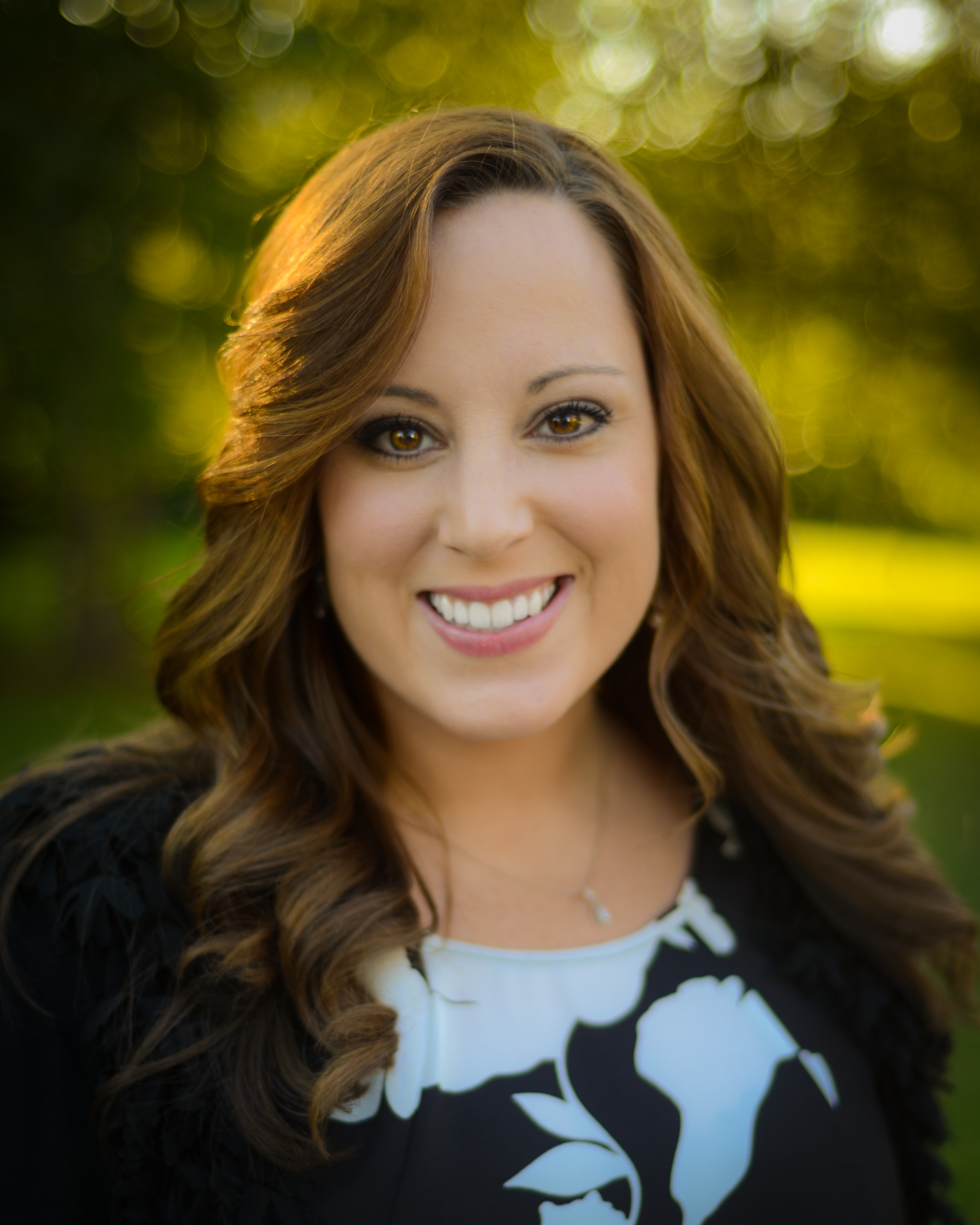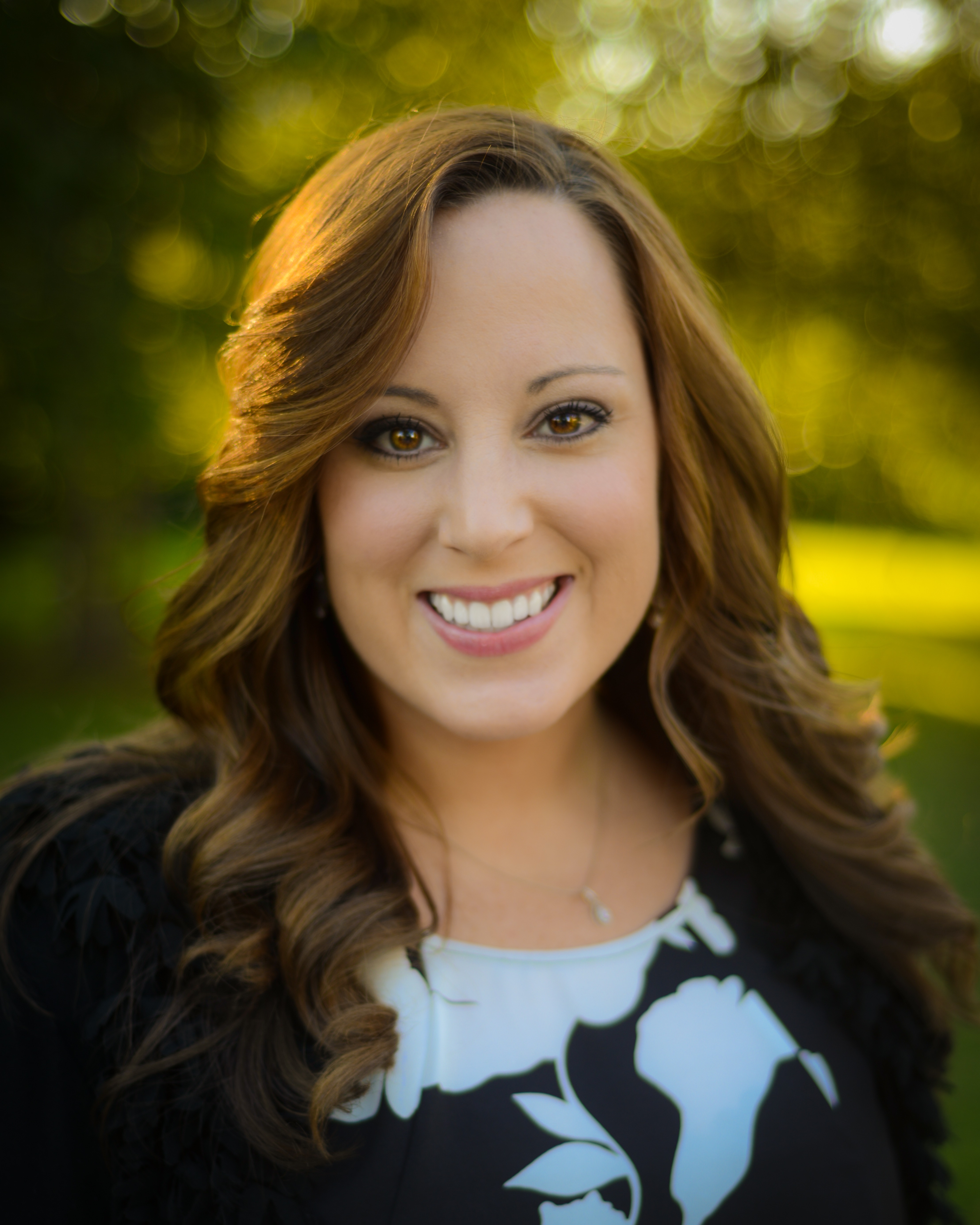This is part of a series of interviews by physician and journalist, Dr. Amitha Kalaichandran, exploring resilience, healing, and brushes with the healthcare system by trailblazers in the health and wellness community.

Jessica Harthcock is the Co-Founder and Chief Executive Officer at Utilize Health, a neuro care solution that focuses on creating a better healthcare experience for patients with neurological conditions while delivering quality-driven medical cost savings for key stakeholders. Astounded by how much of the work her family had to do on their own; Ms. Harthcock vowed to create a service that assists patients and caregivers in locating and obtaining optimal care while minimizing expenditures for individuals, families and payers. To learn more about Utilize Health visit utilizehealth.co. She spoke with me in July from Nashville Tennessee.
So what is Utilize Health, and who does it serve?
Utilize Health offers a neurological care solution to lower care costs for health plans while maximizing overall health for members. The end user of our program is the patient who has a severe neurological condition such as a stroke, spinal cord injury, brain injury, and other condition.
After my accident I spent years searching for highly specialized rehab treatments. I saw how disconnected and fragmented the healthcare system is for patients like myself and variable recovery for patients. Patients would reach out to me and ask for advice. As I saw this happen I knew there was a tremendous opportunity.
Tell me more about what happened on that fateful day while you were doing gymnastics.
It was 2004 and I was 17 practicing gymnastics in order to improve my springboard diving skills. I went to do a front double tuck with a layout twist. The last one involved going up in air; when I came down, I landed on my head. I heard a crunch and my body went numb. I had landed on my head which broke my neck as well. I was in a state of shock and couldn’t feel anything or speak. In that moment I thought about Christopher Reeves, that I would be paralyzed like him. I didn’t have sensation but I was fully conscious. Later on we found that a cyst formed around the spinal cord so it looked as though the spinal cord had herniated in the scan, which ultimately did most of the damage at T3. This accident left me to function as a T3 paraplegic.
And what was the healing process like?
It was long. I was in rehab for nearly 3 years with leg braces, electrical stimulation, at times someone was holding on to me. My foot first just advanced an inch. It slowly turned into an actual step. You’re shaking, your muscles are trying to function. It took me six years to walk completely unassisted. I eventually moved to having just one forearm crutch, and now I don’t need any assistance. I used gait training as well as biofeedback that was linked to the gait training. Gait training was harder to come by back then, but today it’s much more easily accessible.
What would most people be surprised to know about having that particular physical challenge?
The biggest thing I see is how uneducated much of the public is when it comes to understanding physical differences. I always grew up conscious of people that had differences in their abilities. One of my cousins has cerebral palsy so she was in wheelchair since she was little. I never thought much of it, and my dad always talked about the ADA [American Disability Act] and how important that was, and how people with different abilities want the same things we all do.
Especially early on after my accident people would point and stare — a mother with her child in a stroller once pointed to me and said, ‘look she’s in a Stroller too.’
When I got my service dog I noticed how ignorant people were. I felt I needed to educate people about was service dogs could be used for and how mine help me. It was particularly tough when Ozzie and I would get kicked out of healthcare facilities and public spaces, even though it’s against federal law. So I to become my own advocate, and realized I needed to educate others on a larger scale so I started speaking at schools and local businesses.
There is a lot of misinformation out there around what works best for spinal cord injury. Are there any myths you would like to clear up?
The biggest misconception about spinal cord injuries and neurological conditions is that recovery is not possible. In the past 15-20 years research has advanced such that it IS possible. We now see patients make incredible strides in recovery, whether it’s regaining bowel, bladder control, whether it’s walking or sitting up and balancing again. We did believe 30 years ago that spinal cord injury meant someone would never walk again, but the fact that many patients are still told they will never recover and shouldn’t even try, and are sent home to live the rest of their life without hope doesn’t make sense to me. That’s where I get angry. I would like to see this addressed in the healthcare community. Conversations like, “this is what your prognosis is can be challenging, and this is what it can mean, but others have recovered even if we don’t fully understand why.” We still don’t know all the elements and facets and we’re at the tip of the iceberg. More research has to be done. At Utilize we’re collecting outcomes from every patient in the program, looking at countless factors: through social determinants, spiritual, and how it all plays a role in recovery. We get patients from all walks of life and we’re now looked at how we can use big data to tie it together.
Now that we talked about myths, what are some new and surprising areas of research spinal cord injury and the role of rehabilitation (as well as other components of treatment?)
The different simulators that they can implant in your spinal cord and brain are exciting. There’s some great work out of the Fraizer Rehab Institute in Kentucky for instance, led by Dr. Susan Harkema which holds a lot of promise. It complements other research, like gait training. There are also other, more controversial, research areas such as using stem cells in spinal cord injury, which will be an area to watch over the coming years.
Was there anything else that helped you, other than surgery and rehab wise through the healing process?
I separate healing into three areas: physical, emotional and spiritual. Physical healing for me involved rehab, exercise, nutrition, and rest. Emotional healing involved handling the traumatic injury, knowing I was going to be ok in the end and the stress aspect. Spiritually I knew something terrible had happened, but had to find a bigger purpose for it. For anyone who believes in a higher power, they have to feel something greater. I know a lot of people might not feel this way, but for me, the emotional and spiritual healing aspects were things I had to consciously focus on, to remind me that I couldn’t let this accident get the best of me. As well, I needed to surround myself with supportive people. I was lucky to have an entire army of people and support and helped me heal in really beautiful ways. My family was and still is today my rock.
Returning back to Utilize, what has the response been?
The response has been overwhelmingly positive. We have high engagement results and our health plan partners have had fantastic results. We post great outcomes and consistently show lower costs of care. If any business can create a win-win for everyone, that’s the sweet spot.
How did that experience change who you are today, and how you see life?
I was lucky because I saw the potential of the research that was happening. Sometimes that’s all it takes, to see recovery is possible. I think that people go through adverse times and you can let it get the best of you. You can drown in it or say ‘I can conquer this.’ Having that attitude up front is key. I’m a pretty positive person anyway, but I chose things to be grateful for every day. The adversity I faced led me to the work I do today and the ability to work with amazing people. It led me to my husband who helped me to walk again (he was actually one of my trainers!). I have an incredible service dog Ozzie because of it. It’s hard to see the good in a traumatic event when you are in the thick of going through it, but I always knew there was a bigger purpose and bigger plan — I hung on to that.
What does well-being and ‘Thriving’ mean to you?
Well-being to me encompasses six areas – physical, mental, spiritual, emotional, environmental, and intellectual. I have not achieved full balance in these areas. But I certainly try to be conscious of these areas in my life. Thriving for me means thriving in all these areas. I can be off in one and it can impact the other things.
What are you most looking forward to now?
Serving more patients through the plans we work with through Utilize. We have an entire team that is so excited to help them, and we’re just getting started.


